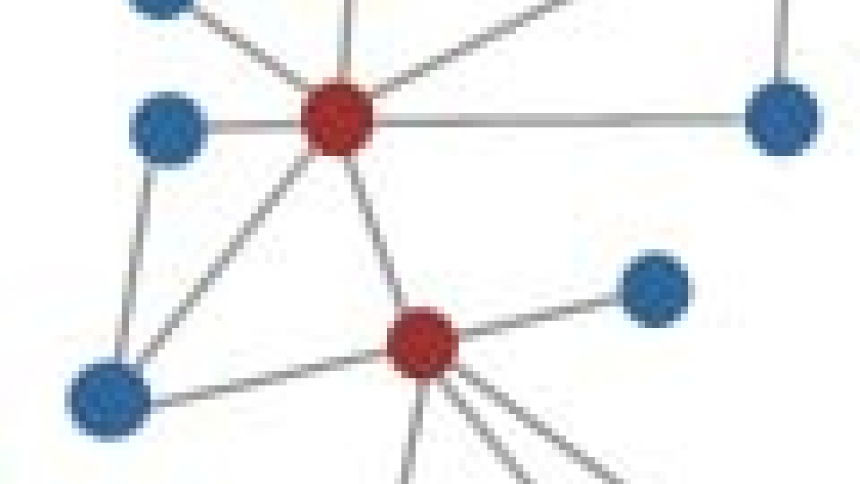Bridge communities are populations that lie at the interface between an animal reservoir of a pathogen and a larger susceptible human population. Examples include people working closely with wild animal populations such as bush hunters or wild animal traders, groups that have been shown to be seropositive for diseases that later emerged as epidemics, such as SARS and HIV. Using simulations and mathematics, Reluga and Eunha Shim at the University of Tulsa, have shown that previous theoretical approaches explaining the emergence of diseases from animal reservoirs can be improved by incorporating an understanding of how bridge communities change the contact network associating humans to animal reservoirs, and thus affect the probability of emergence. Previous predictions were based on a theory known as Antia-Regoes- Koella-Bergstrom (ARKB) theory which ignored bridge communities and assumed introduction events to be independent. Reluga and Shim demonstrate that these predictions can be improved with an approach that uses ideas of population viscosity, a measure which captures the degree of mixing between members of a host population.
High population viscosity means that a population mixes very little, thus bridge communities would stay more isolated from the general human population if the population were viscous. Low population viscosity means that a population mixes relatively freely, with lots of interaction between bridge community members and the general population. Reluga and Shim’s recent study, published in the Proceedings of the Royal Society, uses mathematical simulations under different population viscosities and shows some key results that impact our understanding of how and when human epidemics can emerge from animal reservoirs. High population viscosity keeps bridge communities clustered and when frequent exposure results in immunity to a pathogen in a bridge population, local herd immunity can prevent the spread of a pathogen to the wider population. However, and interestingly, this is not the case at very low exposure rates. Low exposure, especially in the case of low population viscosity, can result in increased risk of a pathogen emerging as low exposure may not result in enough bridge community members achieving immune status to generate herd immunity.
The results could have important applications for public health policy, especially relevant in today’s world where spillover events are a growing concern and are having devastating consequences. Bridge populations could be key targets for preventative programs such as the deployment of vaccines where impact could be greater than prophylaxis focused at a more diffuse portion of the population.
More information on Tim Reluga's work can be found here. Eunha Shim's webpage can be accessed here.
Publication Details
Reluga, T& Shim, E
Population viscosity suppresses disease emergence by preserving local herd immunity
Journal: Proceedings of the Royal Society B
281
DOI Reference




